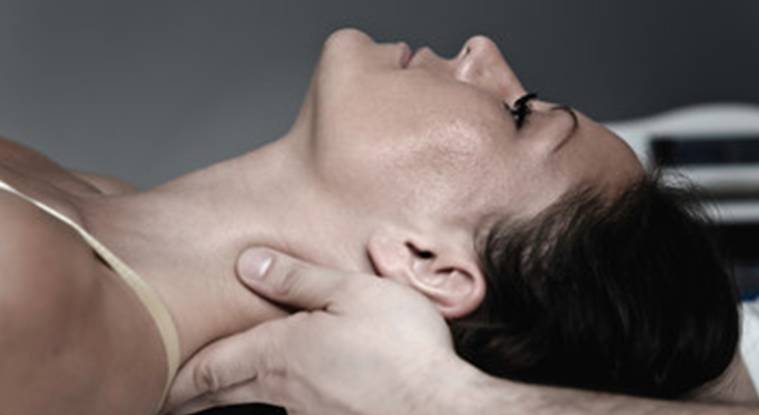The Dangers of Using Opiates for Back Pain and Neck Pain
In this article we discuss the dangers of using opiates and pain medication for back or neck problems including the signs and symptoms of dependence, alternative treatments and options if you are struggling. It can be a struggle to know what is right for you, this article hopes to make it easier for you to make an informed choice of the correct course of treatment.
Coping with Back and Neck Pain

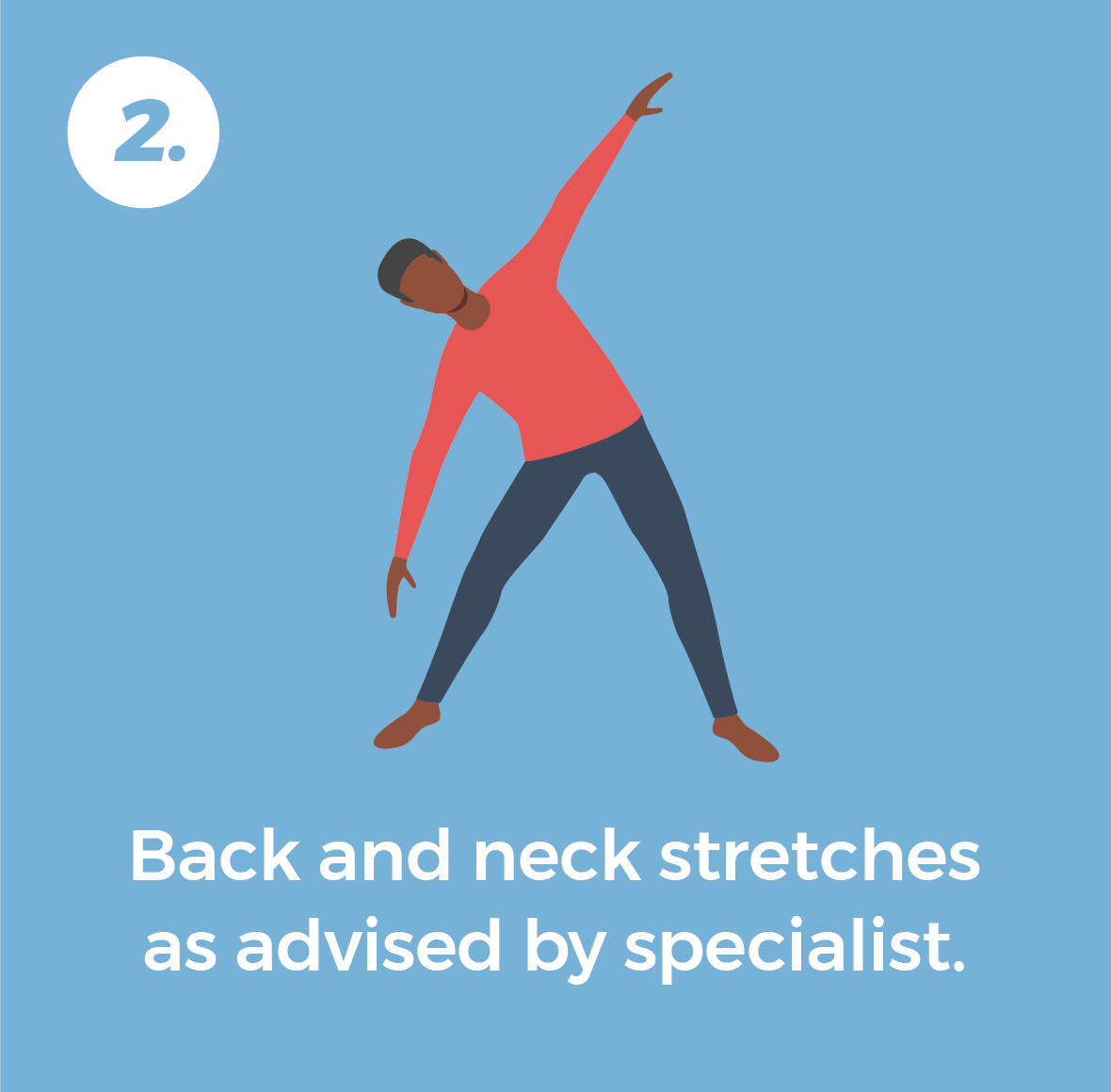
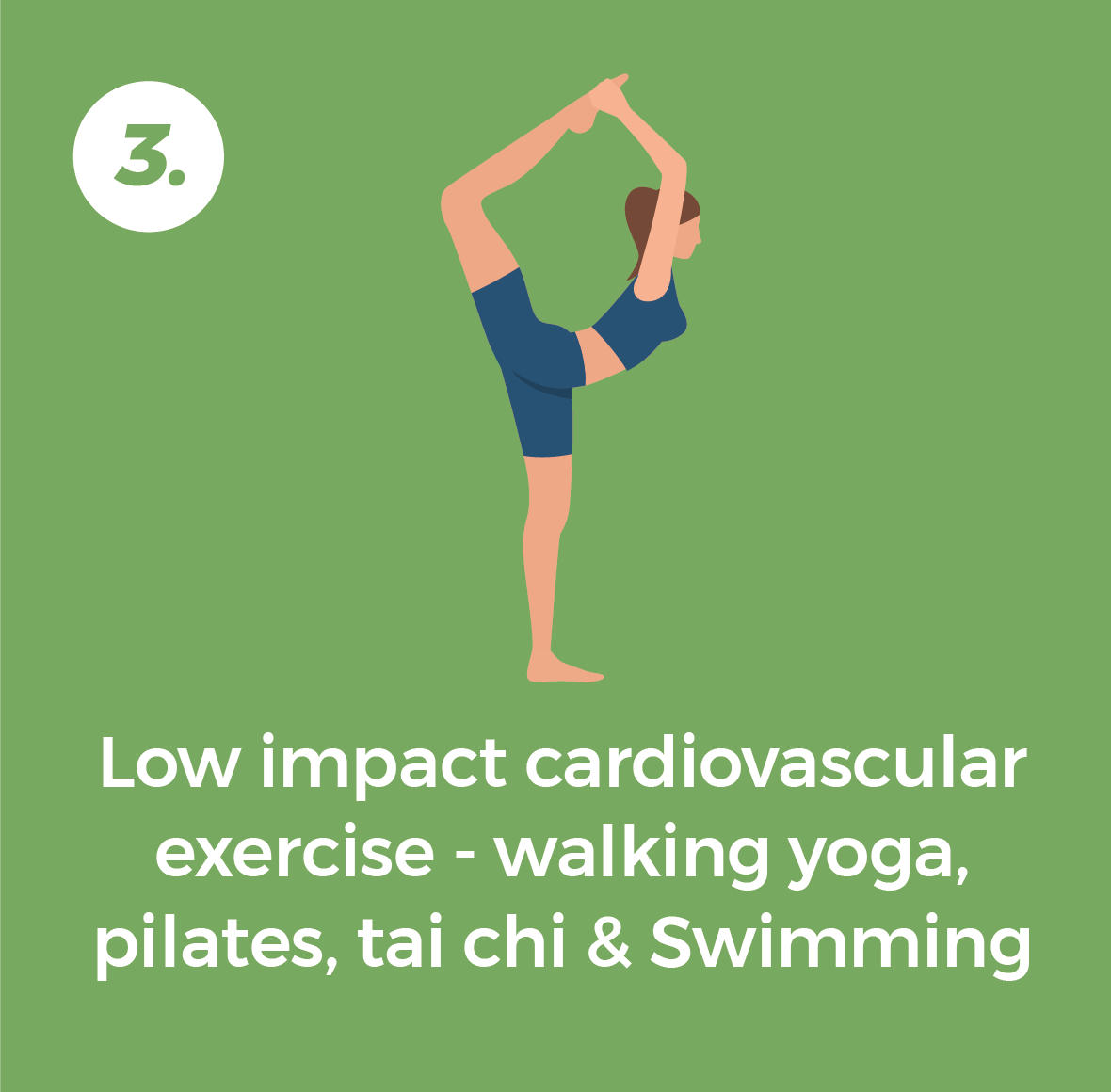

Opiates for Back and Neck Pain can Create Dependence
Back pain is the most common cause of disability in the UK. Up to 8 in 10 people are affected at some point in their lives. [1] If you suffer with chronic pain – defined as pain that continues for longer than three months – it can seriously impair your quality of life. Understandably, you want relief and opiates may seem like the answer.
There is little evidence, however, that opiates are effective in treating chronic back and neck pain. [2] In fact, most pain experts now agree – continual use of opiates can make your symptoms worse. Long-term and high opioid doses can increase your pain over time. There’s also a high risk of dependence due to changes in the brain.
If you’re taking a long-term opiate prescription for neck or back pain, please ask your GP or prescriber for a review and request alternative treatment options. Physical therapies from a skilled chiropractor, osteopath or physiotherapist are a great option to improve your physical strength, flexibility and manage chronic pain. Psychological therapies are also proven to help people cope better with pain. Most of all, please don’t suffer in silence – especially if you’re taking opiates for your
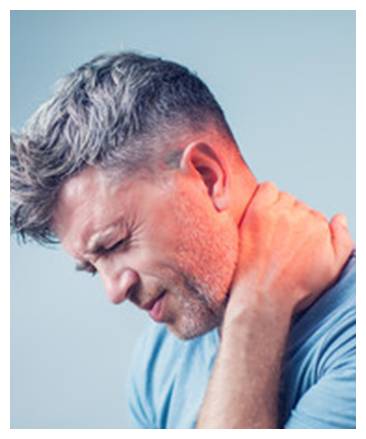
What Causes Chronic Back Pain and Neck Pain?
In most cases of chronic back and neck pain, doctors cannot determine the cause. This is known as non-specific pain.
Physically, your muscles, joints, bones, nerves and connective tissue can all be affected. Sensations of pain may come and go or be continuous. Patients describe pain in many different ways – including numbness, tingling, dull aches, weak or tender muscles, stiffness, throbbing, burning sensations and sharp or stabbing pains.
Some people describe good days and bad days with pain; others say that life has become very restricted or intolerable everyday. Whatever your situation, you deserve the correct information and access to the right treatments. If your GP has prescribed or offered you opiates, here are the facts you need to know.
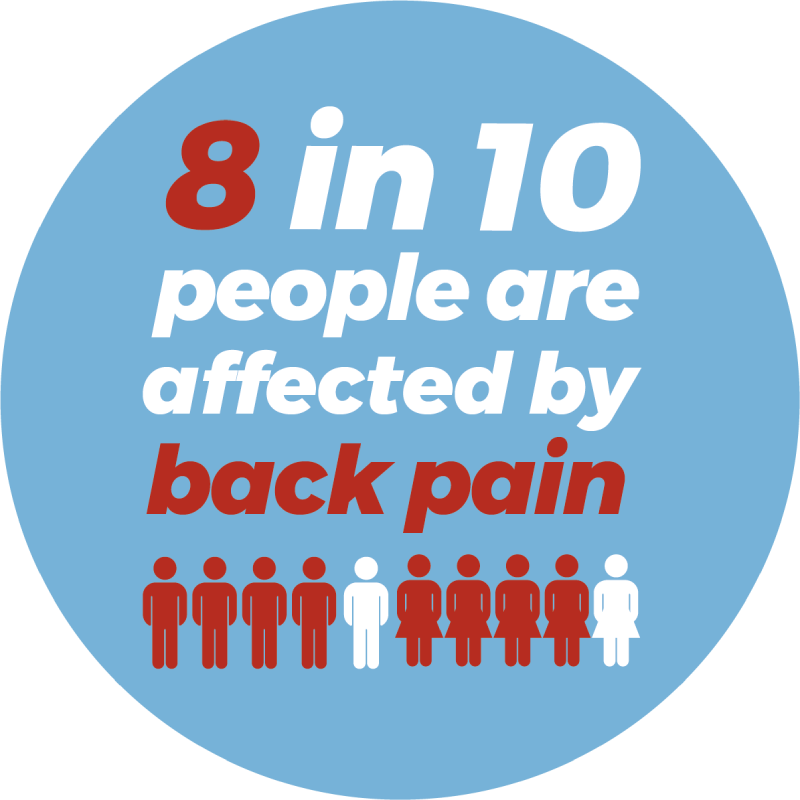
How Opiates Affect the Brain
Opiate medications target opioid receptors in the brain and block pain signals coming from other parts of the body. In the short term, you’ll feel less or no pain after taking opiate painkillers. They have euphoric effects too, causing a sharp rise in dopamine that brings feelings of pleasure or relief.
However, using opiates regularly alters your brain chemistry significantly. As drug tolerance increases, the original dosage of opiates becomes less effective in managing pain. This can set up a spiral of taking higher doses to achieve the same analgesic and euphoric effects.
The more opiates you take and the longer you use them, the greater the risk of unwanted side effects.
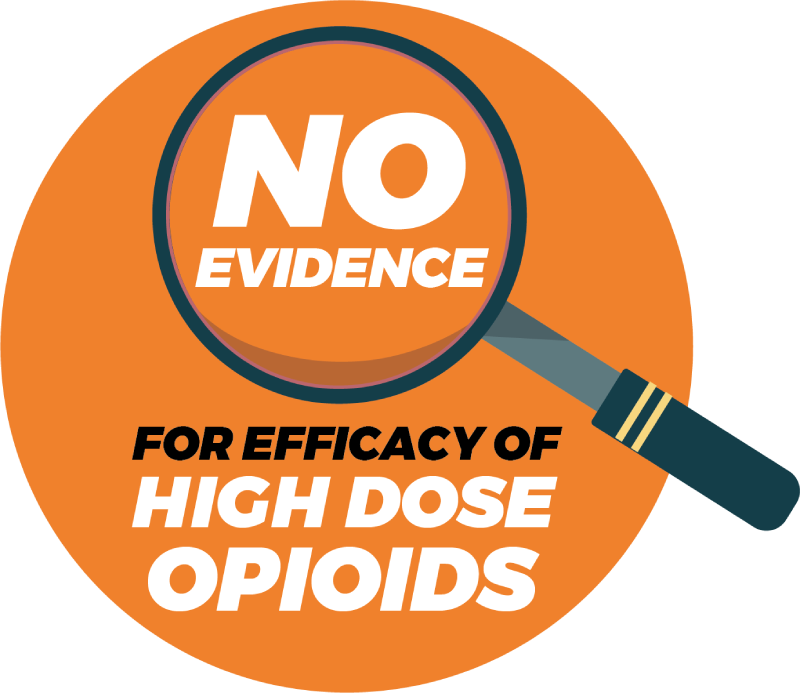
Opiate withdrawal symptoms can mimic or exacerbate the pain from your original condition too – this makes it very hard to decipher the true cause of your pain.
Frequent use of opiates also damages structures in the brain that are involved in communication between neurons. This can lead to problems with cognition, including reasoning, judgment and making decisions.
Signs and Symptoms of Opiate Dependence
In England and Wales, there were 23 million prescriptions for opiates in 2018, compared to 14 million in 2008. [3] If you’re experiencing any of the following signs and symptoms, you’re certainly not alone.
Most importantly, have you increased your dosage of opiate drugs? Is this with or without your GP’s knowledge? Are you mixing prescription opioids with over-the-counter drugs and/or street drugs? Taking more opiates to get the same effect or topping up a prescription with other drugs is a sign of dependence.
Physically, has your back or neck pain returned or worsened? As addiction progresses, your pain may come back or feel worse than when you first started taking opiates. This is a sign that opiates are ineffective and should be discontinued with medical supervision.
Psychologically, are you suffering negative side effects? Opiate dependence can be disorientating, so it can be hard to determine the progression of symptoms. If you feel mentally unwell, please seek medical advice and request an addiction assessment.

As with all addictive drugs, the signs and symptoms of opiate dependence are most obvious in the withdrawal phase. This is when some time has elapsed after last taking opiate drugs. If you want to come off opioids, please always speak to your doctor or prescriber first.
Psychological signs of opiate dependence/ withdrawal
- Craving or anticipating more opiates
- Anxiety or racing mind
- Depression
- Irritability
- Low motivation
- Mood swings
- Disorientation or confusion
- Difficulty with reasoning or making decisions
- Paranoia
- Feelings of hopelessness or despair
- Isolating or losing interest in social activities
- Stockpiling medications for fear of running out
- Suicidal ideation or feeling like you can’t live without opiates

Physical signs of opiate dependence/ withdrawal
- Opiate cravings
- Muscle fatigue or weakness
- Sleeping more or less than usual
- Nausea
- Vomiting
- Stomach pains/ cramping
- Sweating and fever
- Feeling unusually cold
- Changes to heart rate and blood pressure
- Shaking
- Runny nose
- Diarrhoea
- Pain or soreness in the body
- Headaches or migraines
- Memory loss

What to Do if You are Dependent on Opiates
For most cases of non-specific back and neck pain, as well as pain caused by a medical illness like sciatica, long-term continuous use of opiates can do much more harm than good. You may not have been told about the signs of addiction when opiates were first prescribed to you. Check the labels of medications you are taking for more information about side effects.
If you’ve been using opiates regularly for more than three months and you’re worried about opiate dependence, please consult with your GP and seek addiction help. This is essential for any combination of prescription opiates, over-the-counter medications and illegal opioids.
There may be a valid reason why opioid use is necessary for longer periods – such as in the treatment of severe cancer pain or in end-of-life care. If this is the case for you, the risks of dependence still exist – so if your pain increases or your mental or physical health deteriorates, speak to your doctor straight away.
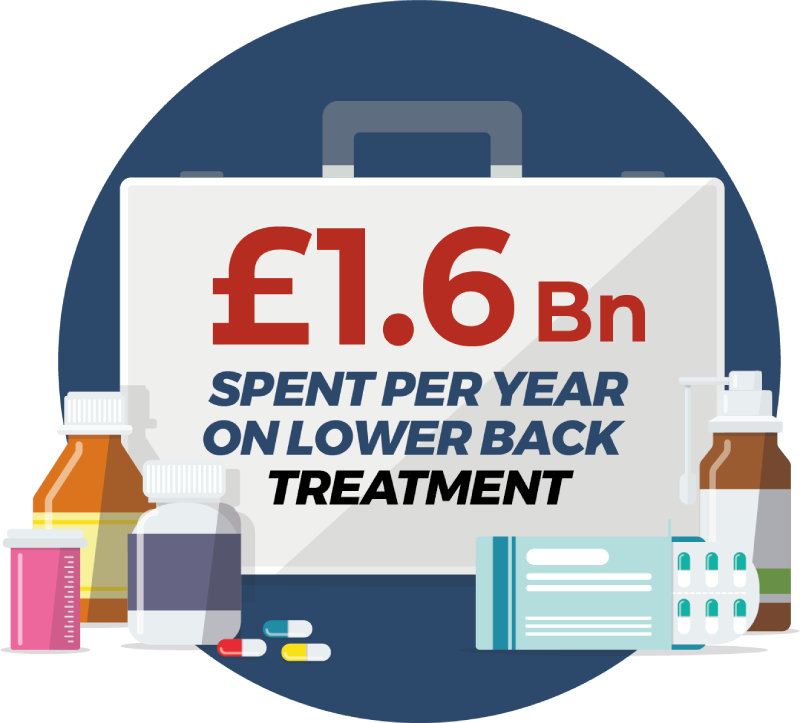
Stopping opiates abruptly can be dangerous
Quitting opiates ‘cold turkey’ is unsafe. Even if you’ve only been taking opiates for a few months, opiate withdrawal symptoms can be very severe and overwhelming. For this reason, opiate detoxification should always be carried out gradually with close medical supervision.
Attempting to detoxify alone puts you at risk of the most severe withdrawal symptoms – including vomiting, diarrhoea, fever, tremors and cardiovascular complications. This is particularly dangerous for older people with other illnesses including heart disease and diabetes. In almost all cases, stopping abruptly will trigger mental distress and very strong cravings to use more opiates. This puts you in danger of opioid overdose.
The safest way to detoxify is in a residential addiction treatment centre – where qualified professionals will monitor you very closely. Typically, you’ll be prescribed a substitute medication, to help you detoxify comfortably, usually over several weeks. You’ll also benefit from therapeutic support whilst in detox, helping you to sustain recovery.
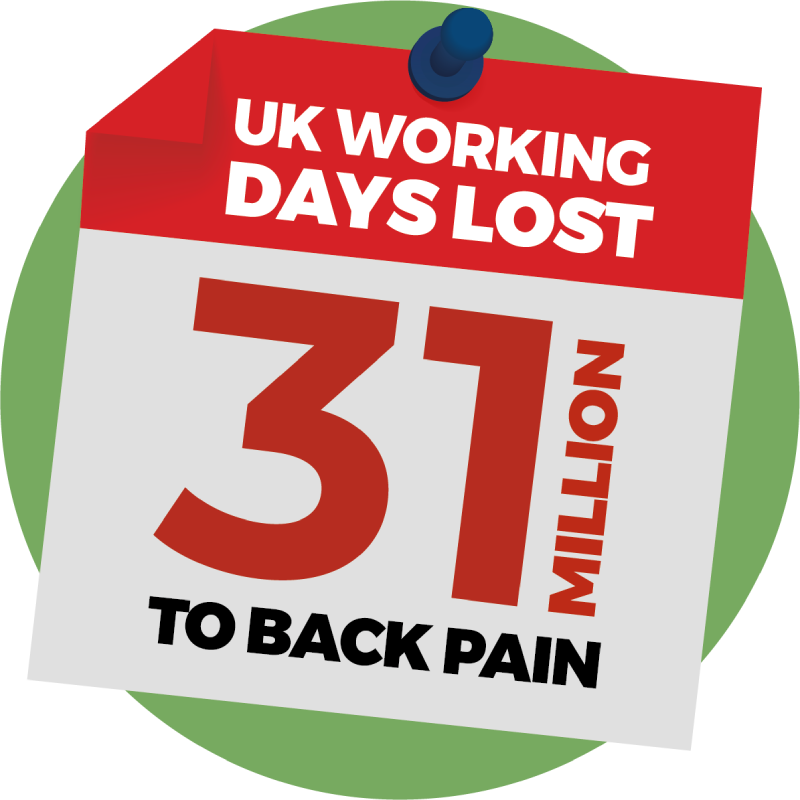
Signs of opiate overdose
If you are a relative, partner or friend of an opiate user, these are the main signs of an opiate overdose. Always call for emergency medical help if you recognise any of these signs.
- Extreme drowsiness
- Non-responsiveness
- Small pupils
- Shallow breathing
- Difficulty breathing – including snoring or gurgling
- Pale or blue skin and lips
- Changes to heart rate
Types of opiates that can create dependence
Morphine, codeine, tramadol, dihydrocodeine, fentanyl, hydrocodone and oxycodone are all opiate drugs – these are all prescription-only drugs apart from lower dose codeine. Whilst they can be effective analgesics for acute pain – including after serious accidents, operations and in childbirth – they are no longer recommended for ongoing treatment of chronic pain, including most cases of back and neck pain.
Opiates are used longer term in cancer treatment and end-of-life care – where pain is severe and persistent and the patient wishes for remediation. Nonetheless, you should always be informed about the risks of opioid addiction.
Other opiates include methadone and some cough syrup preparations, as well as street drugs like heroin or opium. These drugs can all be misused by people experiencing chronic pain.
Non-addictive painkillers
The National Institute of Health and Clinical Excellence (NICE) recommends paracetamol as the first choice option for pain relief. If paracetamol is ineffective, then non-steroidal anti-inflammatory drugs can usually be used. Medications like Ibuprofen can be taken instead of or alongside paracetamol.
For non-specific back and neck pain, addictive opiates should be the last resort and only ever a short-term measure.
Speak to your GP about whether you can take medications like Ibuprofen to help manage your pain.
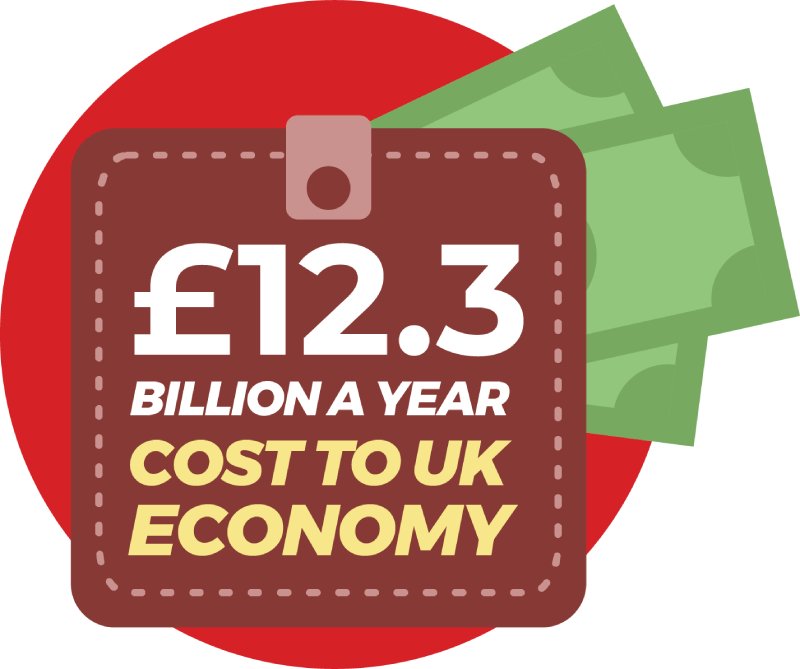
The Benefits of a Non-Drug Approach to Pain
Non-drug approaches to chronic back pain and neck pain should always be considered as part of your treatment plan. Developing a range of approaches to pain will improve your coping strategies and your quality of life.

Manual or physical therapies for back and neck pain
One of the best ways to manage chronic back and neck pain is to seek out treatment from a chiropractor, osteopath or physiotherapist. These skilled practitioners provide expert care for muscles, bones and joints – usually when patients are experiencing pain or mobility problems.
For back and neck pain, they use a range of techniques including spinal manipulation, manual adjustments, sharp thrusts, stretches, soft tissue massage, acupuncture, heat treatments and much more.
Typically, these professionals also recommend regular activity to do between your sessions. They will suggest specific and tailored exercises for you, to help improve your muscle strength, flexibility, posture and circulation.
Check with your GP whether you can be referred to an NHS specialist. For immediate care, you can opt for private treatment with a specialist – average fees for an appointment are between £40 and £80.

Physical exercises for back and neck pain
For chronic pain, too much bed rest can be a bad thing. Where it once was suggested by doctors, now physical inactivity is known to weaken muscles and impact bone health.
Regular exercise is recommended to warm up and stretch your muscles. Building core strength is particularly important for people with back pain. Always seek expert advice about the right movements to do – ideally see a specialist chiropractor, osteopath or physiotherapist about the best routine for you.

Weight loss
It can be a vicious cycle – back or neck pain reduces your mobility and lowers your motivation to exercise, therefore it’s harder to maintain a healthy weight.
If you need to lose weight but chronic pain has reduced your activity levels, start with gentle and manageable activities. Walking, swimming, yoga, pilates and tai chi are good options. You can try ‘exercise snacking’ too – these are short bursts of activity throughout the day rather than one long activity session. You’re more likely to succeed if you set realistic fitness goals.
In terms of diet and nutrition, speak to your GP about local weight loss groups and education programmes. Making a series of small changes towards healthier eating is likely to be more sustainable than a crash diet.
Aids for back related leg pain aka Sciatica
When you have back pain with sciatica pain symptoms the sciatic nerve is hypersensitive to any stimulation. Small amounts of stimulation can cause excessive pain. One of the keys to recovering from sciatica pain is to calm the sciatic nerve from over stimulation. Nerves are highly sensitive to the mechanical stimulus of stretch and pressure – both of these stimulae occur when you are sitting, which is why sitting is often uncomfortable if you have sciatica. Appropriate stretching can be beneficial for sciatica, but stretching while the sciatic nerve is under pressure can be painful. The Sciatic Pain Relief Cushion allows gentle stretching of the sciatic nerve while sitting without the pressure on the sciatic nerve – https://www.sciatic-relief.com/sciatica-pain-relief-cushion/.
Psychological therapies and peer support for chronic pain
Talking therapies such as cognitive behavioural therapy and dialectical behavioural therapy are excellent tools to manage pain. They concentrate on current challenges you’re having and they help you to develop alternative thought patterns and practical strategies to deal with pain.
Psychological therapy will also promote a compassionate attitude towards yourself. On days where your back and neck pain are very challenging, it’s important to know how to practise good self-care and be kind to yourself.
Joining forums or support groups is also useful tool – you can share difficulties and successes you’ve had and learn from other people’s experiences. Knowing who you can talk to on bad days can reduce your sense of isolation. Sharing your positive experiences can also inspire others who are struggling with pain.
